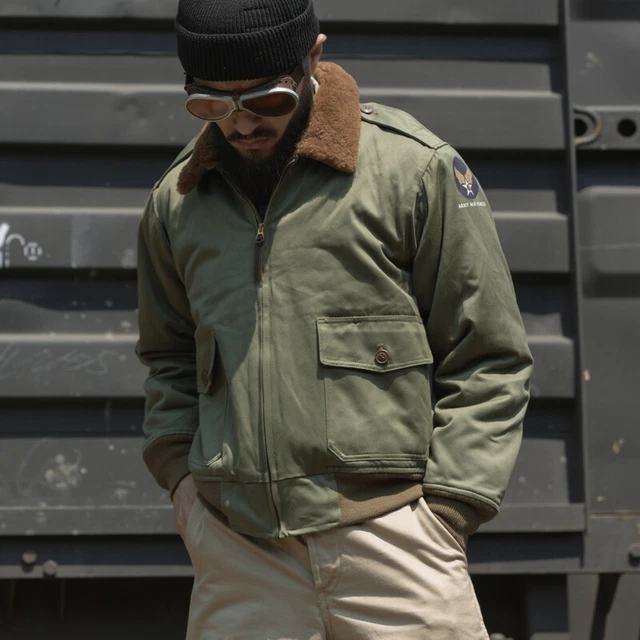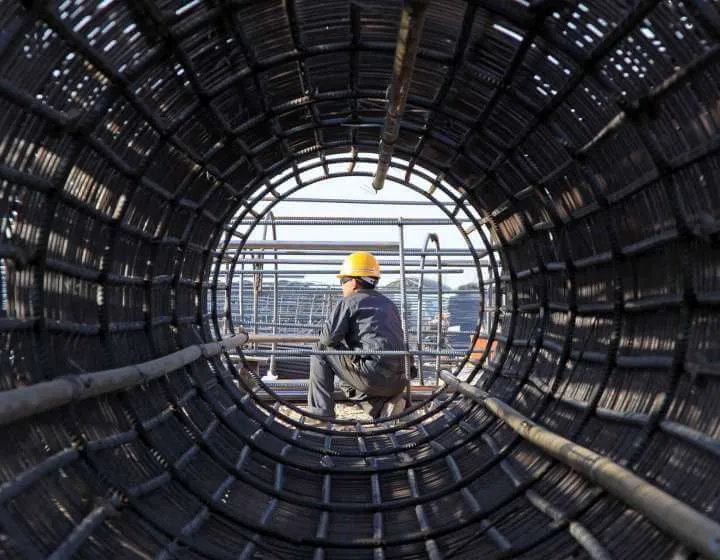- Introduction to casual fashionable outfits
and their evolution - Insights into the latest trends and influential data in smart casual women’s fashion
- Technical fabrics and manufacturing advancements supporting fashionable casual outfits
- Comparative review of leading apparel brands by material innovation, style versatility, and sustainability
- How to create personalized and effective casual fashionable outfits for various occasions
- Real-world case studies on integrating comfort and style in daily wardrobes
- Conclusion reflecting the ongoing significance of casual fashionable outfits

(casual fashionable outfits)
Defining the Essence of Casual Fashionable Outfits
Casual fashionable outfits have significantly redefined the modern wardrobe for both men and women, seamlessly blending comfort, function, and visual appeal. Over the past decade, the global casual wear market has observed an annual growth rate of 4.8%, reaching a value of $483 billion in 2023, as reported by Statista. This steady rise is not just a trend but a reflection of evolving lifestyles — people want to look stylish without compromising ease. As urban cultures continue to merge work and leisure environments, the demand for transitional outfits that satisfy both professional and off-duty looks has never been higher.
Casual fashionable outfits embrace this movement, often featuring elements such as tailored blazers over relaxed trousers, statement sneakers, and premium jersey tees. These ensembles mirror the transformation in societal expectations, where authenticity, individuality, and practicality drive purchasing decisions. The emergence of hip hybrid work models has further sparked interest in smart casual women's outfits, merging chic silhouettes with tactile comfort. These major shifts have made it imperative for fashion brands to adapt, both in design and technology.
Market Trends Backed by Data: The New Age of Fashionable Smart Casual Women’s Outfits
According to recent McKinsey & Company reports, more than 65% of women prefer clothing options that can transition from business to leisure. Statistically, the ‘fashionable smart casual women’s outfits’ category grew by 38% in online searches from 2022 to 2023. This is indicative of a changing consumer mindset: rather than choosing between high fashion and functionality, today’s savvy buyers demand both in a single wardrobe.
Leading influencers and celebrities, such as Zendaya and Meghan Markle, have redefined the smart casual code by pairing classic blazers with jogger pants, or midi skirts with premium knit tops. Social platforms like Instagram and TikTok have accelerated the spread of micro-trends, but data still points to consistency in demand for neutral palettes, mix-and-match layers, and sustainable materials. A 2022 survey by Cotton Incorporated highlighted that 73% of women consider breathability and softness as decisive factors when purchasing casual outfits, further steering design priorities toward user comfort.
Material Innovations: Technical Advantages in Fashionable Casual Outfits
The backbone of next-generation fashionable casual outfits lies in the evolution of textiles and garment production. Technical fabrics, once reserved for athletics and performance wear, have been reimagined for everyday attire. Engineered blends, such as modal-cotton and recycled polyester-spandex, enhance stretch and moisture-wicking properties, as evidenced by recent textile expos in Milan and Tokyo. Manufacturers implement 3D knitting technologies, reducing waste by up to 30% while delivering seamless pieces that conform to the body’s movement.
Colorfast dyes, anti-wrinkle finishing, and UV resistance are now standard practices among industry leaders. Not only do these advancements extend garment longevity and maintain vibrancy, but they also address the eco-conscious demands of Gen Z and Millennial consumers. For example, a comparative study by the Textile Exchange revealed that organic cotton production saves approximately 91% more water than conventional methods, directly contributing to the growing popularity of sustainable fashionable casual outfits. At the intersection of technology and fashion, brands are setting new benchmarks for comfort, durability, and ecological responsibility.
Competitive Brand Analysis: Performance, Versatility, and Sustainability Compared
| Brand | Signature Materials | Style Versatility | Sustainability Initiatives | Average Price Point |
|---|---|---|---|---|
| Everlane | Organic Cotton, Recycled Polyester | High (business to leisure) | Transparent sourcing, clean factories, carbon neutral shipping | $50–$200 |
| Uniqlo | Advanced Dry-Ex, Airism, Ultra Light Down | Moderate (smart casual, everyday basics) | Global Recycling Initiative, Water-conserving technologies | $30–$150 |
| Madewell | TENCEL™ Modal, Organic Cotton | High (work casual to weekend) | Denim recycling, Fair Trade Certified™, RDS down | $60–$180 |
| Vuori | Recycled Performance Knit, DreamKnit | Moderate (active casual, loungewear) | Climate Neutral Certified, Eco-packing | $70–$180 |
This table illustrates the technical and ethical priorities featured by today’s most popular casual wear brands. While Uniqlo leads in affordable and technologically enhanced basics, Everlane stands out for radical transparency and sourcing. Madewell’s denim innovations resonate with eco-minded women, and Vuori’s performance fabrics bridge the gap between sports and leisure — making them excellent options when building a versatile smart casual women’s wardrobe. Whether prioritizing cost or sustainability, the comparison signifies an industry-wide shift toward advanced textiles and ethical production.
Customization: Crafting Your Own Fashionable Casual Look
The ultimate appeal of casual fashionable outfits is their adaptability. Customization tools offered by certain brands allow users to select fits, colors, and even hem lengths, catering to diverse body types and personal style preferences. According to a 2023 NPD Group retail study, 41% of consumers expressed interest in outfit personalization, citing comfort and uniqueness as top motivators.
For a sleek work-from-home ensemble, consider a soft-knit tailored blazer over a relaxed bamboo viscose tee, accompanied by slim-fit joggers and slip-on leather loafers. For a brunch-ready ensemble, mix cropped wide-leg trousers with a ribbed mock turtleneck, pairing with white leather sneakers and geometric earrings. By layering neutrals and subtle pops of color, anyone can achieve a look that is as appropriate for business meetings as it is for after-hours socializing. Investing in modular pieces — such as convertible jackets or reversible skirts — not only maximizes outfit versatility but also enables a lower wardrobe carbon footprint.
Case Studies: Real-World Impact of Comfortable and Stylish Everyday Attire
Numerous professional settings and lifestyle situations now embrace fashionable casual outfits without forgoing sophistication. For example, a San Francisco tech startup implemented a ‘smart casual’ dress code, resulting in reported productivity gains of 12%, as comfort increased job satisfaction, according to internal HR analytics. Similarly, a Paris-based creative agency enabled employees to wear personalized outfits constructed from sustainable materials; over 80% reported feeling more creative and confident during client presentations.
On the consumer side, fitness instructor Emma S. shared that integrating technical fabrics into her everyday wardrobe improved her energy levels due to moisture management, reducing the need for outfit changes throughout the day. Additionally, education sector staff in Vancouver noted that implementing business-casual denim and stretch fabrics created a more inclusive atmosphere. These real-world examples highlight how fashionable casual outfits deliver tangible benefits beyond aesthetics, directly affecting performance, confidence, and well-being.
The Enduring Influence of Casual Fashionable Outfits
Ultimately, casual fashionable outfits will continue to be a mainstay in contemporary wardrobes. By merging advanced textiles, ethical manufacturing, and modular design, the industry evolves swiftly to keep pace with dynamic lifestyles and diverse professional demands. Whether through material innovation, brand values, or customization, this trend represents much more than clothing; it reflects a global shift toward comfort-driven sophistication.
Looking ahead, data-driven insights indicate that demand for versatile smart casual women’s outfits will grow by 14% annually through 2027. This momentum ensures that casual fashionable outfits remain not just relevant but essential. For consumers and brands alike, the focus is clear: combine function, responsibility, and personal expression to redefine everyday style for years to come.

(casual fashionable outfits)















